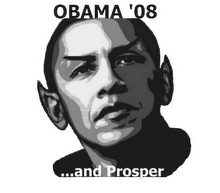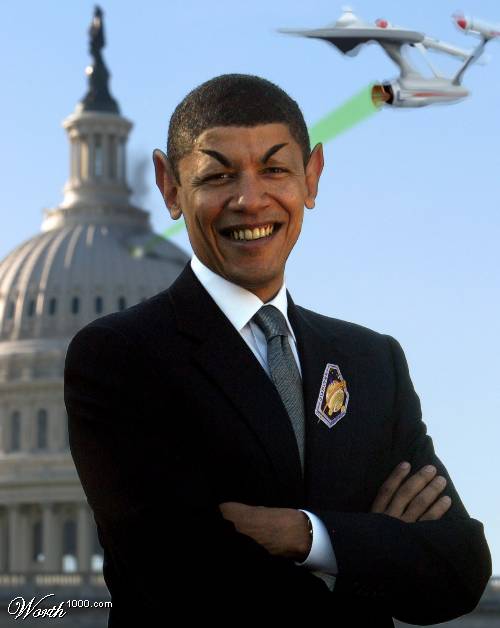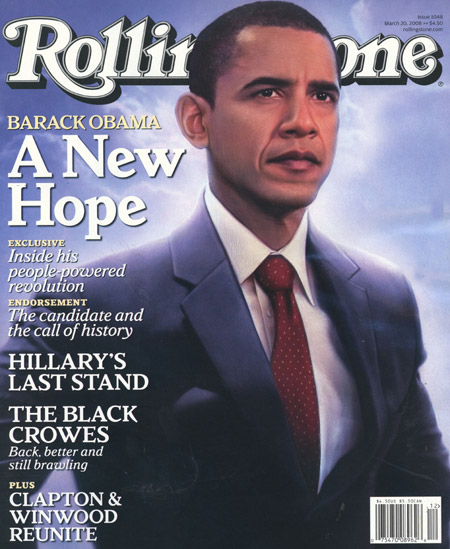Aussie Comedy: A Taste Americans May Soon Acquire
/I have friends who get excited about the latest Japanese anime and manga. I have other friends who are avidly following Asian drama from Korean, Japan, and China. And Of course, I have many friends who are convinced that BritComs and science fiction are vastly superior to anything produced for American television. Each of these groups has, in their own way, exploited the potentials of digital media to expand their access to entertainment content from some other part of the world, content which it would historically have been difficult to consume with any regularity in the context of the American entertainment media. Well, OK, PBS has relied heavily on British television content for several decades now; it's become the staple of their pledge drives, but we still aren't seeing very much British content on American prime time network programming. By comparison, many parts of the world struggle to insure than 15-20 percent of their prime time hours are occupied by local content, while American shows dominate much of the airtime. Well, I'm a fan of Australian comedy. I've fallen under the spell of programs from the Australian Broadcasting Company during my many previous trips to the country. And I've long believed that these quirky, unexpected, and highly original series would gain wider popularity in the American context if they were more widely available in this country. Australia has been producing compelling films since the Silent Era yet for most of that time, it has had difficulty getting its content seen in other parts of the world. Early on, it was cost prohibitive to ship heavy film canisters from the South to the North, or so it was claimed, while others saw the content as too nationally specific to be understood in a broader context. So far, some Americans have learned to love Neighbors, Prisoner in Cell Block H, Bananas in Pajamas, and Crocodile Hunter, but for the most part, we've never given a chance to sample the best of what this country producers. Yet, as digital distribution begins to remove some of the barriers to entry, I've long predicted that Australia would begin to compete for eyeballs across the English speaking world and beyond.
The ABC produces a smaller number of new programs each year than the American networks, focusing on programming which they think will have local appeal and which offers a compelling alternative to imports from the United States. In particular, they have tapped the comedy clubs around Sydney and Melbourne to find hip, off the wall talents and turned them loose to produce original comedies which are unlike anything I've seen on television before. Far from politically correct, these comedies adopt an in your face, no holds barred approach which fits the country like a glove. In their own way, they are as intelligent and crafted as the best shows coming out of the BBC, yet they are unafraid to draw on the raw vitality of popular culture, allowing them to merge high and low with unpredictable results.
I had a chance to catch up with four contemporary ABC comedies during my flight back from Australia this past weekend -- The Chaser's War on Everything, Summer Heights High, The Librarians, and Frontline.
Of these four, Frontline was the most like an American series -- reminding me very much of Sports Night or 30 Rock. In this case, the series is set behind the scenes at an Australian news network, combining humor at the expense of self-centered Anchors with reflections on journalistic ethics. The scripts were smart, the characters well drawn, and the storylines each had something to contribute to our overall understanding of how the news is produced.
Qantas Airlines allowed me to watch the full run of The Librarians -- all together six episodes or three hours worth of material. As the title suggests, the series is another workplace comedy, taking place at a local library in a somewhat seedy neighborhood as the staff struggles to deal with patrons who deface their books, get ready for special programs to serve their community, and deal with internal conflicts which threaten to have them all at their throats by the time the curtain falls. The trajectory of the series focuses on two estranged childhood friends who end up working at the same place years later and have to confront their unresolved feelings for each other (which combine competitiveness and lust). Here's a promo for the release of the series on DVD:
And here's a "previously on" segment from early in the series which suggests some of the character interactions which made the show so compelling:
The supporting cast is first rate, each taking what could be a broad comic type and giving them nuance and vitality. I particularly enjoyed Nada al Farhouk, an dignified and outspoken Moslem woman who has to suffer no end of small minded comments from head librarian Frances Obrien. It was delightful to see a sympathetic Islamic female character on television, something the U.S. media hasn't pulled off yet. Other standouts include a dyslexic male librarian who was hired as eye candy for the boss; a wheel chair bound librarian who keeps rolling over everyone and everything in sight; an ex-convict doing his community service; a hip gay librarian far too sophisticated for the people around him; and a pompous local poet who loves to brag about his commitment to nudism.
As for The Chasers, imagine what would happen if news comedy we associate with The Daily Show spilled over into the streets. The Chasers gained some limited news coverage here when they got access to the APEC meeting in Australia in part by trying to pass themselves off as Canadian.
They take contemporary issues and insert themselves into very public places. Here, for example, they follow up on news reports about a gay club which refuses to admit heterosexuals by using the bouncer's "gaydar" to determine once and for all whether Tinky Winky is or is not queer.
Many of their most provocative stunts center around the security consciousness (or lack thereof) of the Post-9/11 world. Here are a few examples:
The series does some of the best commercial parodies since the original Saturday Night Live days.
And they also try to literalize the absurd claims made in television commercials in the real world, often with hysterical results.
//www.youtube.com/v/-Ig-43lnS1E&hl=en">
And one of my favorite recurring segments, "If Life Were a Musical," stages elaborate production numbers in real world settings just to watch how unsuspecting bystanders respond. Some try to get away quickly, some get into the show, and some look totally bug-eyed.
There are so many clips from the show on YouTube in part because the ABC and the Chasers have made a conscious decision to use the platform to generate visibility, hoping, in part, to break into the global media marketplace.
Summer Height High is a mockumentary very much in the spirit of Waiting for Guffman or The Office. In this case, it depicts a year in the life of an Australian public school through the eyes of a troubled young man with anger management issues from Tonga
a caring and idiosyncratic drama teacher
and a prissy young woman who recently transfered from a private school.
As it happens, all three characters -- different ages, races, and genders -- are all played by actor Chris Lilley. The comedy can be awkward and painful, sometimes raising troubling issues, but that's part of the point: Lilley uses comedy to challenge preconceptions about class, race, gender, sexuality, and education. He's also a very gifted shapeshifter who manages to totally occupy each of the parts he plays and looking for other Lilley clips on YouTube suggests that the show doesn't come anywhere near exhausting his range.
You can see many more at the series website. In this case, the series has already been picked up for distribution via HBO and BBC Three. The series was consistently in the middle of controversy but it also proved to be a huge ratings success, especially among hard to reach Australian teens.
I'm keeping my fingers crossed hoping we will see more ABC series on American television or that we will get fuller access to them online. Meanwhile, you should check out just how much material from some of these programs can be found at YouTube.





























